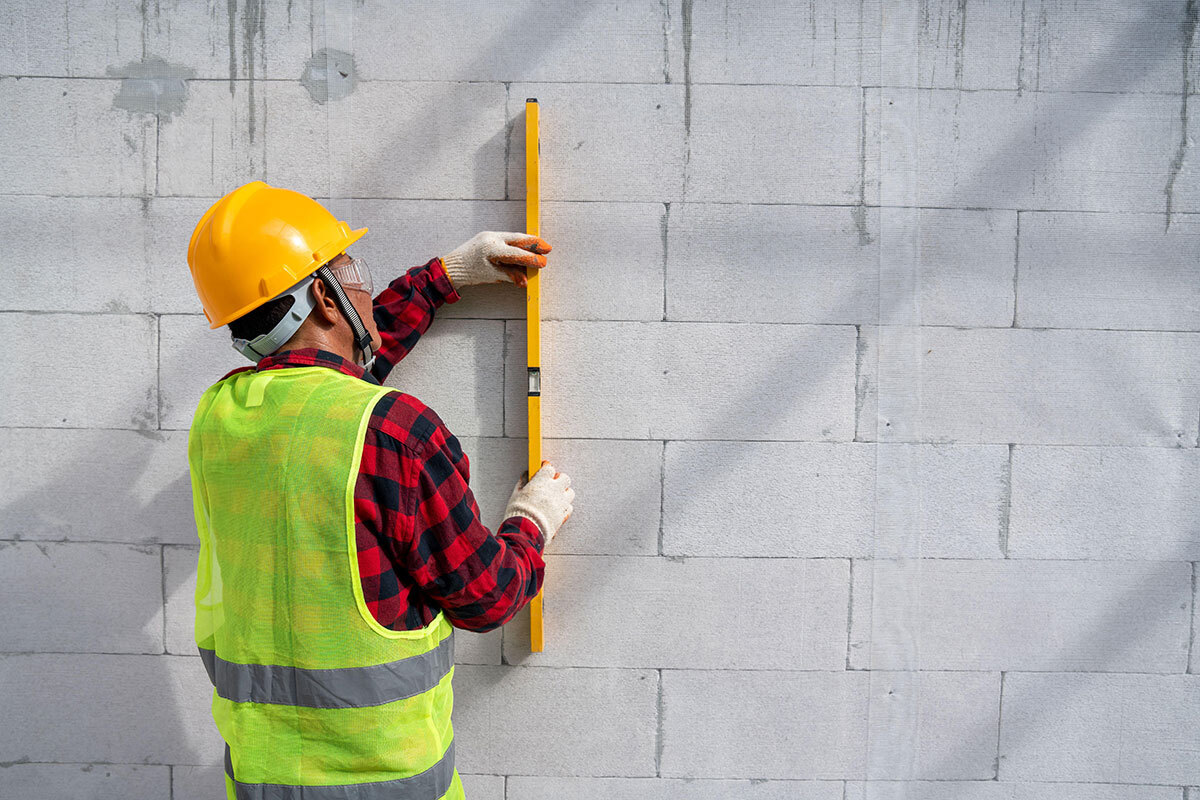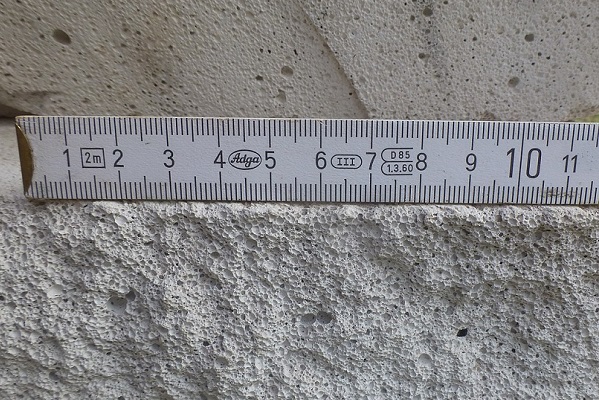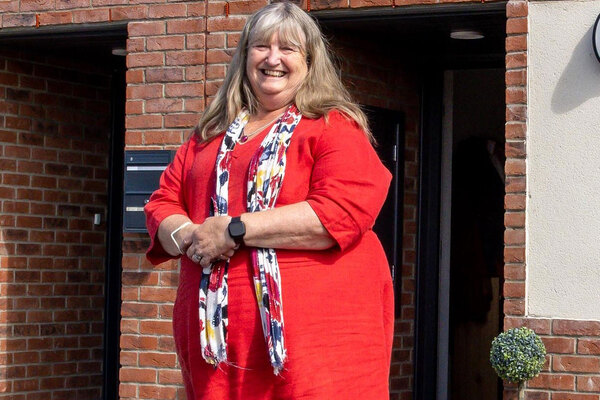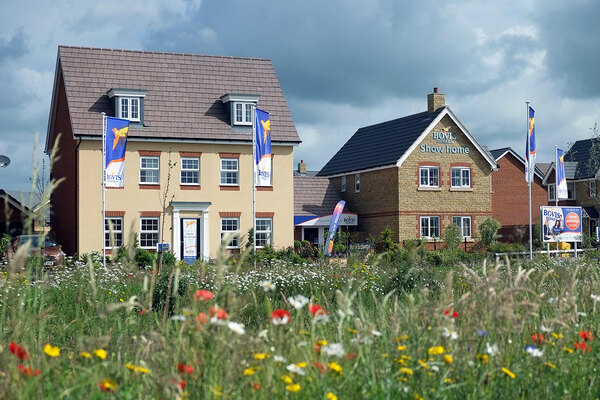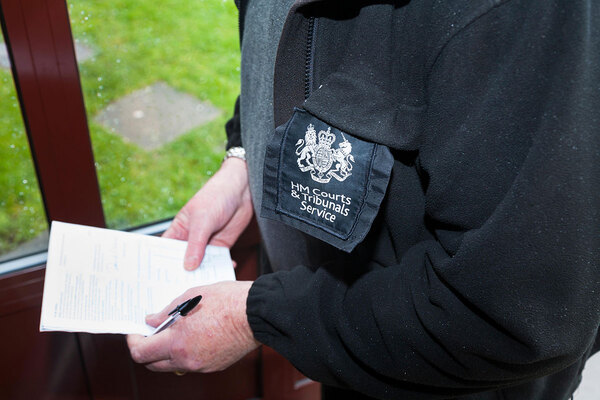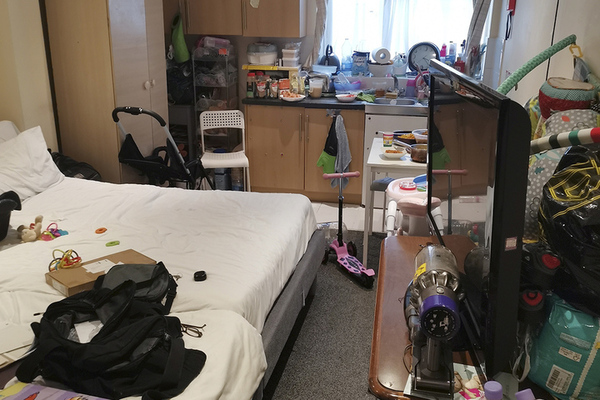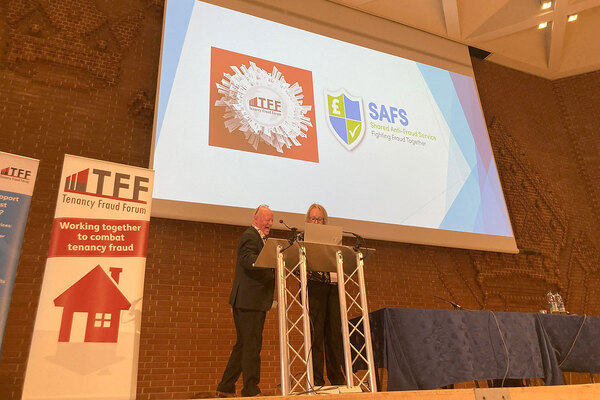You are viewing 1 of your 1 free articles
RAAC not widespread but landlords should have mitigation plans in place, RSH says
The Regulator of Social Housing (RSH) has sent a letter to all landlords outlining its expectations if reinforced autoclaved aerated concrete (RAAC) is found in their housing stock.
In the letter, published earlier today, the RSH said its understanding is that RAAC is not widespread in social housing but landlords should know whether their homes contain RAAC components.
The English regulator said that landlords need to develop a plan for mitigation and remediation where required.
RAAC is known to decay over time and has been linked to ceiling collapses in schools. It comes as hundreds of schools were advised not to open affected buildings to pupils for the new school term because of concerns about the material.
In her letter to every chief executive, housing director or lead member, Fiona MacGregor, chief executive at the RSH, said: “As you will be aware, the failure of RAAC components has been identified as a risk in some public buildings constructed between the 1950s and 1980s.
“Our current understanding, based on engagement with sector advisers and stakeholders, is that RAAC is not widespread in social housing. However, it may be present in a small number of buildings dating from this period, particularly in flat roof and panel structures.”
Ms MacGregor reminded landlords that the safety of tenants and residents should be their highest priority and that they should communicate appropriately with tenants where this is an issue.
She added: “We expect landlords to ensure that they have a good understanding of their homes, including building safety issues and whether homes contain RAAC components and the risk to tenant safety arising from these; that you develop proportionate mitigation and remediation plans where required; and seek suitably qualified advice where necessary.”
Ms MacGregor also referred associations to guidance for investigating and assessing RAAC from the Institute of Structural Engineers.
The letter from the RSH comes after Inside Housing reported warnings last month that RAAC – a material used extensively in the construction sector in the 1950s, 1960s and 1970s – posed a “life safety risk” in residential buildings.
Following those warnings, an expert consultancy warned in August that “urgent thorough inspections” are needed to establish the extent of use of a crumbling form of aerated concrete in the UK’s social stock.
Rapleys, which has researched the extent of RAAC’s use in schools, has called for urgent checks to establish the risk in social housing, with a focus on flat roof properties built in this period.
In response, a government spokesperson said responsibility “rests with the relevant building owners”.
Sign up for our daily newsletter
Already have an account? Click here to manage your newsletters
